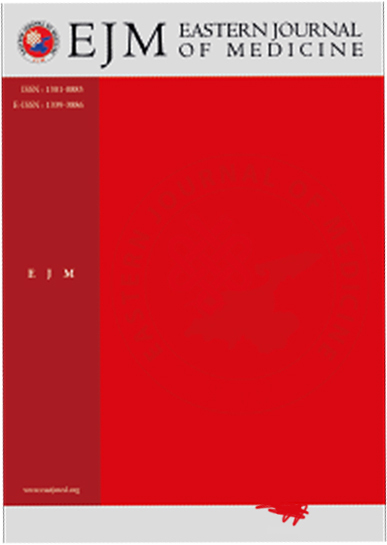Short- and Long-Term Predictive Value of CCI in the Older Adult Patients with Hip Fracture
Mahmut Günay, Mehmet Murat BalaDepartment Of Orthopedics And Traumatology, Health Sciences University, Trabzon Kanuni Training And Research Hospital, Trabzon, TurkeyINTRODUCTION: The present study aimed to evaluate the relationship between Charlson Comorbidity Index (CCI) and 1-year mortality in surgically treated the older adult hip fracture population and to compare the predictive values among patients with different CCI scores.
METHODS: We retrospectively analyzed 352 patients (114 men, 238 women) aged ≥60 years (range, 60100 years) who underwent surgical treatment for hip fractures in our clinic between February 2017 and February 2020. Necessary information such as age, sex, and diagnosed comorbidities were obtained through archive records. In addition, the date of deathif deceasedwas learned by telephonically contacting the patients relatives. Patients were divided into deceased and surviving groups, i.e., those who died within 1 year after surgery and those who survived, respectively, and were comparatively analyzed in terms of factors affecting mortality.
RESULTS: The postoperative 1-year mortality rate of the 352 patients included in this study was 36.4%. The deceased group (83.5 ± 7.8 years) had a significantly higher mean age than the surviving group (80.2 ± 9.7 years; p = 0.001). Men had significantly higher 1-year mortality rates than women (p = 0.044). Chronic kidney failure, congestive heart failure, and dementia had significant predictive effects on mortality (p = 0.002, 0.022, 0.037, respectively). Compared with other categories, CCI category 3 had a statistically significant odds ratio of 2.021 (95% CI: 1.014 4.025; p = 0.045).
DISCUSSION AND CONCLUSION: The correlative abilities of CCI appeared to affect mortality categorically and were also effective over a period of 1 year.
Manuscript Language: English














